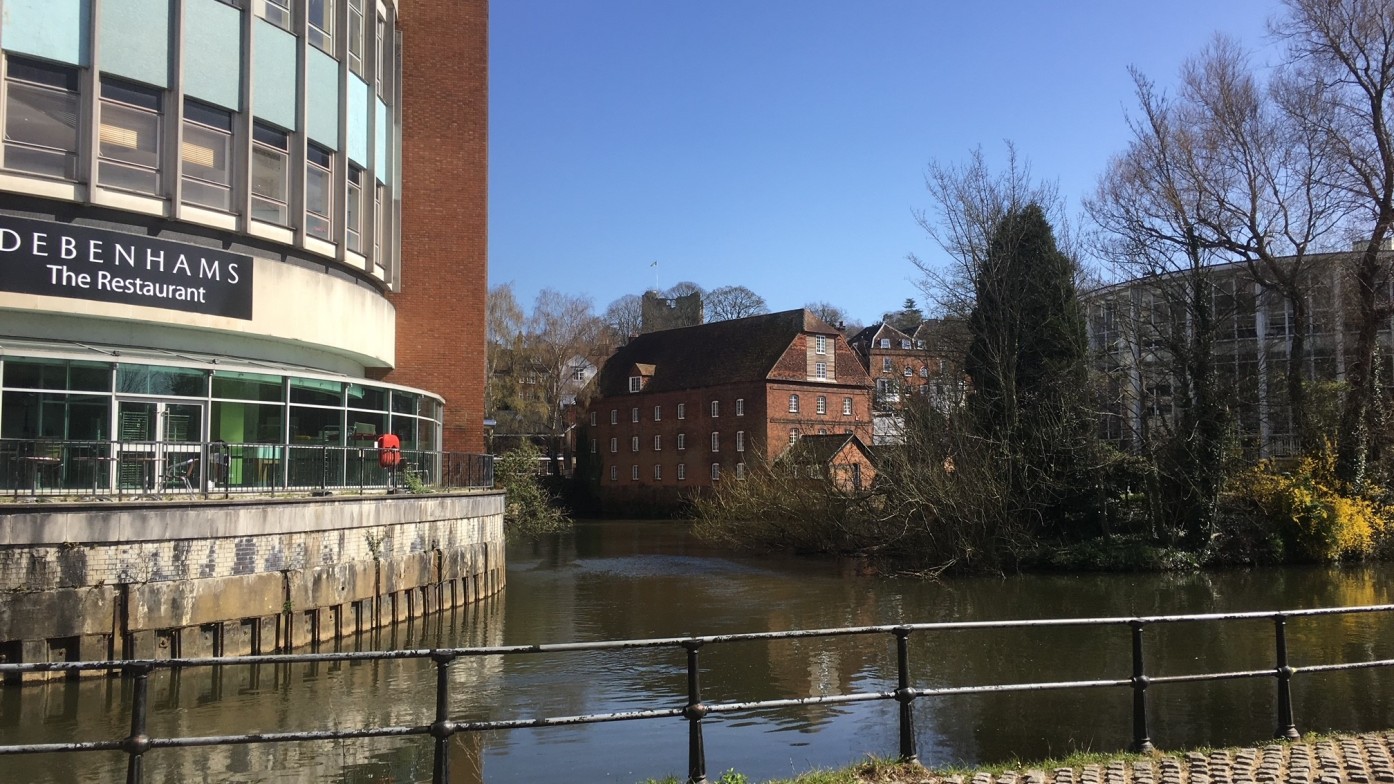RPS a UK based consultancy active in wide range of sectors with a particular focus on environmental matters has produced an useful summary of the challenge of reducing Embodied Carbon.
Embodied carbon refers to the emissions caused by energy use consumed in manufacturing, delivering and installing the materials used to build, refurbish and fit-out a building, and their disposal at end of life. With the pressure to decarbonise the built environment and deliver carbon neutral buildings ahead of the government’s 2050 deadline, it’s becoming increasingly important for contractors and developers to tackle it appropriately.
Operational carbon emissions e.g. from electricity, gas and other fuels used in a building for heating, cooling, ventilation, lighting, hot water, computers, servers and other equipment., have been the subject to work by the building industry. New buildings in the UK are being equipped with better insulation and more efficient heating and lighting systems.
As operational carbon emissions reduce the focus is now shifting to the need to reduce embodied carbon which is caused by the building of the development. To become carbon neutral and deliver net zero buildings, the same level of focus and investment is needed to tackle embodied carbon emissions as is being applied to operational carbon emissions.
In the whole lifecycle of a building the embodied carbon due to construction can typically account for 10 to 20% of the whole carbon footprint; in warehouses this could be over 50%. In a typical new office building the structure represents over 50% of the initial embodied carbon.
Reuse buildings - Renovation projects usually save between 50–75% of embodied carbon emissions compared to constructing a new building.
Use low-carbon concrete mixes - Concrete can be the biggest source of embodied carbon for a new site, but lower-carbon concrete is becoming available.
Use less carbon-intensive materials - Aluminium, plastic and foam insulation all have high carbon footprints, in many cases alternatives are available.
Reuse materials - Second-hand materials such as brick, metal, wood and even broken concrete can make a big difference to embodied carbon emissions. New Steel has a embodied carbon footprint five times greater than recycled content steel.
Use fewer finishings - Use structural materials for the finishing touches e.g. Polished concrete slabs
Reducing embodied carbon will inevitably become a priority for developers and contractors as legal limits on embodied carbon tighten, using fewer resources can reduce costs and risk.
Embodied carbon emission is becoming a consideration in obtaining planning consent. Several local authorities - including Westminster City Council, Brighton, Oxford, Hammersmith and Fulham, Camden and City of London - have started to enquire about the embodied carbon footprints of developments. The refusal of the ‘The Tulip’ in London was driven, in part, by concerns over the quantity of embodied Carbon in the scheme (See Below)
 Environmental issues finally impacting P... View article
The Tulip was proposed as a large tower, it would have been the second highest building in London, which was going to be located near to the Gherkin in the City of London. The tower was proposed as a visitor attraction and viewpoint.
It is a... View article
Environmental issues finally impacting P... View article
The Tulip was proposed as a large tower, it would have been the second highest building in London, which was going to be located near to the Gherkin in the City of London. The tower was proposed as a visitor attraction and viewpoint.
It is a... View article
 Making our Built Environment sustainable... View article
The debate about how to make significant reductions greenhouse gas emissions from our built environment that is responsible for approximately 25% of total UK greenhouse gas emissions is getting increasing attention.
Recently the Tulip Scheme... View article
Making our Built Environment sustainable... View article
The debate about how to make significant reductions greenhouse gas emissions from our built environment that is responsible for approximately 25% of total UK greenhouse gas emissions is getting increasing attention.
Recently the Tulip Scheme... View article
Help us make Guildford better
We want our town to be vibrant, attractive and liveable. We support development that brings a sense of place and enhances the best aspects of our town. If such aims can be embraced, we believe Guildford has the chance to lead the way in enabling sensitive and sustainable development.
Pressures for development are increasing. Planning rules are being eased. The Society’s commitment to standing up for Guildford is needed more than ever.
Support Us
Getting involved allows the society to continue its work. We welcome new members, from every age and background. Membership provides an opportunity for you to contribute to the continued health of the town and surrounding area, and to meet other people who care about Guildford.